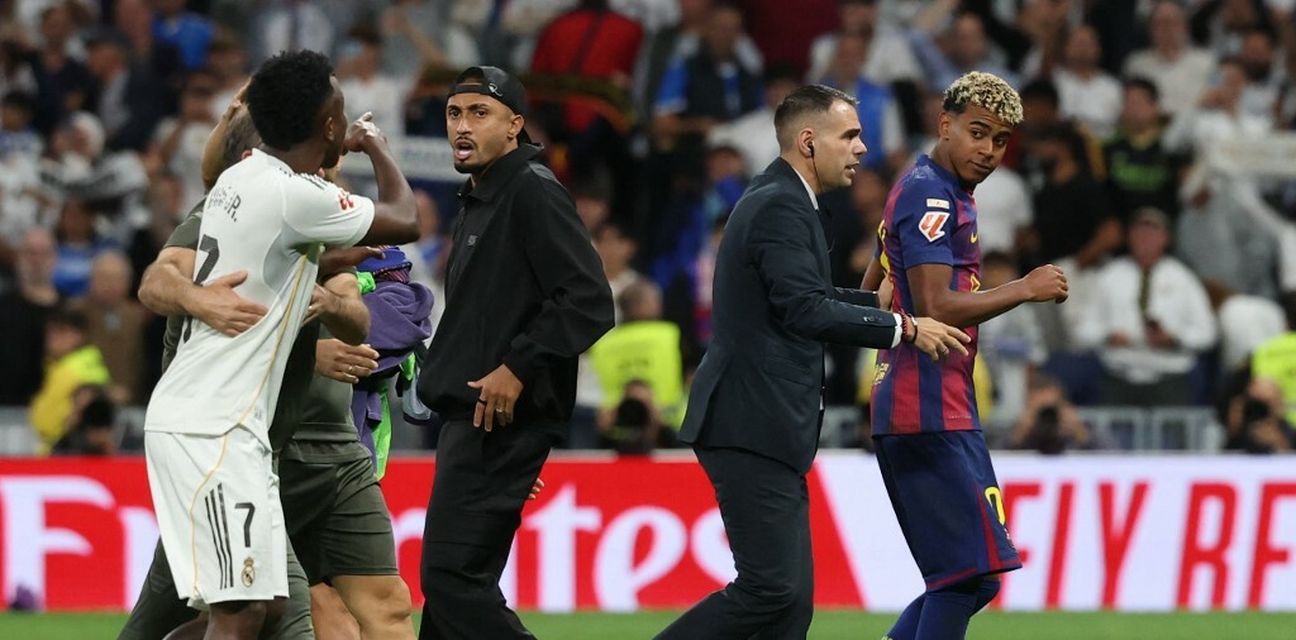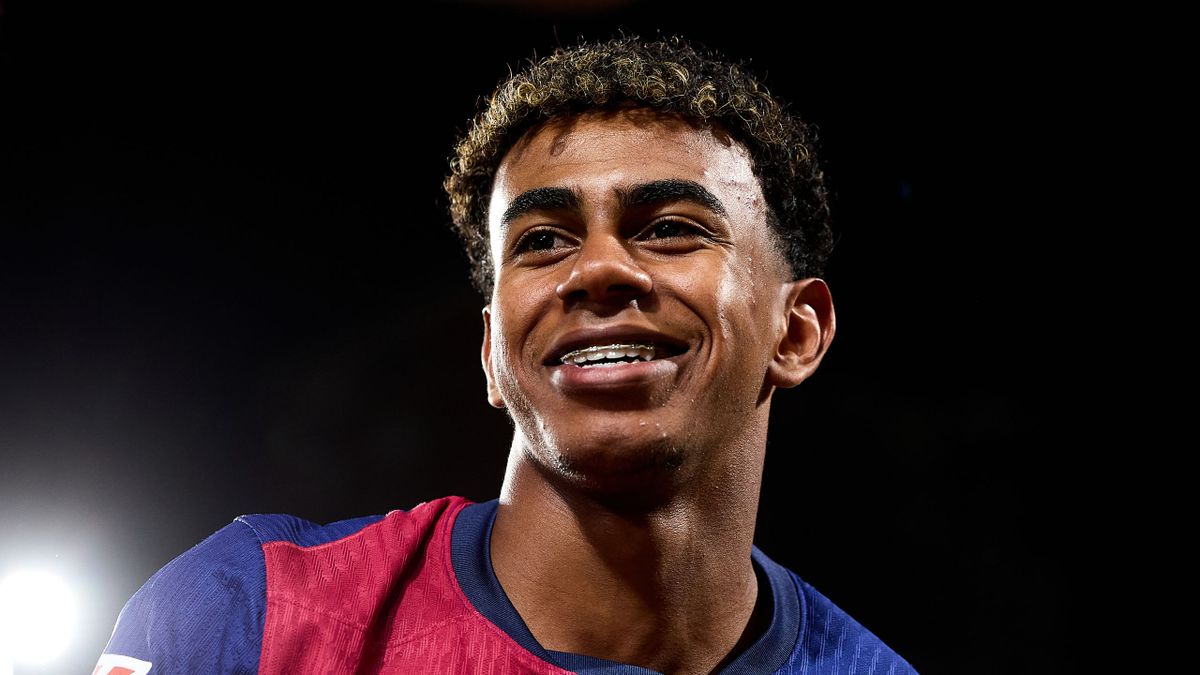

Key Takeaways:
- Lamine Yamal received up to 60% of online hate directed at individual sports figures, based on Oberaxe’s findings
- Real Madrid topped the list of most maligned Spanish football clubs online, attracting 34% of team-related hate
- Vinicius was targeted with 29% of online abuse, while Barcelona narrowly trailed Real Madrid in club hate at 32%
Overview of Online Abuse in Spanish Football
Social media channels in Spain continue to host significant hostile behaviour directed towards footballers and teams, with sports remaining a principal outlet for these negative sentiments. The Spanish Observatory for Racism and Xenophobia (Oberaxe) has recently published a comprehensive report quantifying hate-oriented discourse online. The data, highlighted in Marca, reveals alarming trends in abuse rooted in racial and xenophobic attitudes, especially concerning skin colour.
🚨 𝗡𝗘𝗪: Players with the most hate-crime abuse according to Spain’s Observatory Against Racism and Xenophobia:
1 — Lamine Yamal: 60%
2 — Vinicius Jr: 29%
3 — Kylian Mbappé: 3%
4 — Alejandro Balde: 2%
5 — Nico and Iñaki Williams: 2%— @mundodeportivo pic.twitter.com/yepoFQvbg2
— The Touchline | 𝐓 (@TouchlineX) November 17, 2025
Disproportionate Targeting of Lamine Yamal and Other Players
Analysis of individual victims showed Lamine Yamal of Barcelona as the most frequent recipient of hate-filled commentary, with Oberaxe attributing up to 60% of sports-related insults on social media to mentions of the young player. According to Oberaxe director Thomas Fernandez, Yamal has drawn specific epithets including “mena” (unaccompanied underage foreigner) and “dirty Moroccan”. Fernandez noted: “We noticed it recently. The idea that this public figure, with such origin and skin color, creates among haters, is a clear reason for them to attack and judge with negative prejudice.”
Vinicius of Real Madrid is also heavily targeted, receiving 29% of such abuse, while Kylian Mbappé accounts for 3%. Players including Nico Williams, Iñaki Williams, Alejandro Balde, and Brahim Diaz each absorbed 2% of hateful content.
Club-Level Hostility: Real Madrid and Barcelona Under Fire
The Oberaxe survey also assessed the magnitude of hate directed at football clubs. Real Madrid emerged as the most frequently targeted team, accounting for 34% of identified hateful comments. Barcelona was only slightly less affected with 32%. Surprisingly, Valladolid captured 17%, ranking third ahead of Valencia (8%), Athletic Bilbao (6%), Real Sociedad (5%), and Atletico Madrid (4%).
| Club | Percentage of Received Hate (%) |
|---|---|
| Real Madrid | 34 |
| Barcelona | 32 |
| Valladolid | 17 |
| Valencia | 8 |
| Athletic Bilbao | 6 |
| Real Sociedad | 5 |
| Atletico Madrid | 4 |
Analysis of Hate Speech
Commenting to Cadena Ser, Thomas Fernandez observed: “What happens in football is a reflection of society with these disqualifying messages. Many of them even use aggressive or humiliating language, so this is a real reflection of reality. Many people think they are not doing something that offensive, but the truth is this can transfer to the physical world and even lead to aggression.”
He described the language used in high-profile matches such as El Clasico, citing examples like “Dirty monkey,” “f***ing n****r,” and “you need to go back to your country” as some of the most prevalent derogatory phrases.
Conclusion
The research from Oberaxe and extensive data analyses underscore a pervasive current of hate speech toward both individual footballers and leading Spanish clubs on social platforms, mirroring broader societal prejudices. The patterns identified highlight an urgent need for intervention and awareness within the digital football community.




